
Safety Tip: Noise / Hearing Protection for the Workplace
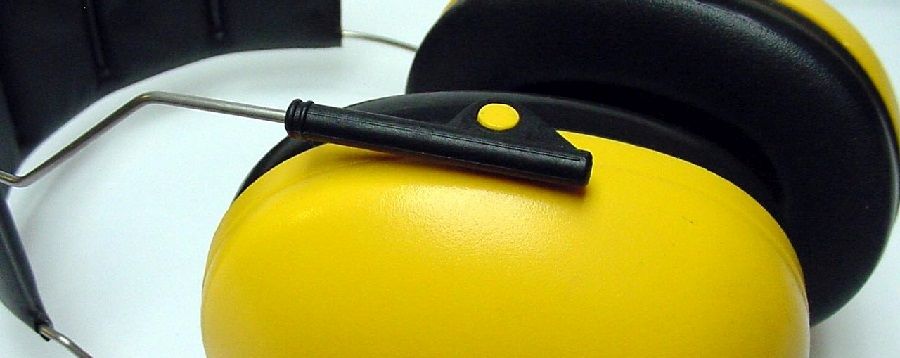
Every year, 22 million workers risk losing their hearing from workplace noise hazards. Hearing loss disability costs businesses an estimated $242 million annually in workers’ compensation. NIOSH reports that some 10 million US workers incur permanent hearing loss annually. The risk for hearing loss due to noise exposure is especially high among factory and heavy industry workers, transportation workers, military personnel, construction workers, miners, farmers, firefighters, police officers, musicians and even office workers in crowded areas.
If you must shout to be heard by someone standing three feet away, the noise level is probably reaching dangerously high levels – so take precautions. Hearing protection requirements are detailed in OSHA’s Occupational Noise Exposure Standard – 29 CFR 1910.95. Section (i) of this standard states, “Employers shall make hearing protectors available to all employees exposed to an 8-hour time-weighted average of 85 decibels (dB) or greater at no cost to the employees.”
OSHA requires employers to:
- Provide employees a variety of hearing protectors to choose from
- Train employees on use and maintenance of hearing protectors
- Ensure hearing protectors are worn by all employees who meet the requirements of the standard
Hearing Protection Tips for Employees:
- If you work in an at-risk occupation, check with your employer to make sure there is a program to protect your hearing that meets federal or state regulations.
- Wear hearing protection, such as earplugs or earmuffs, consistently when using loud equipment at work or at home.
- Always follow employer instructions for hearing protection, and obey hearing-related safety signs.
- Limit exposure to noisy activities at home. Monitor your listening level and how long you are listening to personal listening devices.
- Buy quieter products (compare dB ratings and ask for low-noise products).
- Have your hearing tested routinely. If testing is offered through your employer, learn your test results and monitor them year-to-year.
Hearing Protection Tips for Employers:
- Make hearing protection available to all employees whose daily average noise exposures are 85 dBA or above. NIOSH recommends requiring HPD use if noises equal or exceed 85 dBA regardless of exposure time.
- Try to use engineering controls to eliminate noise hazards before having employees rely on PPE for hearing protection.
- Buy quieter products (compare dB ratings and ask for low-noise products).
- Rotate work schedules to limit the amount of time employees spend in noisy areas, operate noisy machines during shifts when fewer workers are exposed, and provide quiet areas for relief from hazardous noise.
- If hearing protectors are used, train employees in proper use and care of noise protection equipment and ensure that they select an appropriate device for their environment and the noise levels there.
- Evaluate and make a company policy about the use of music headphones in the workplace.
Hearing Safety Signs:
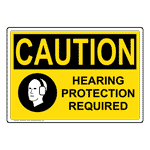 | 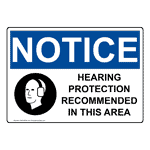 | 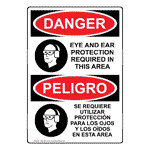 | 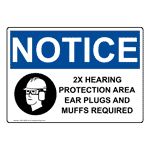 |
Common hearing protection devices include:
- Disposable plugs – placed inside the ear canal to block noise
- Sound isolating earphones and noise cancelling headphones – can provide considerable sound isolation
- Reusable plugs – are preformed to fit the ear
- Earmuff headphones – form a good seal against noise, but eyeglasses may interfere with them. Can be used in addition to earplugs.

